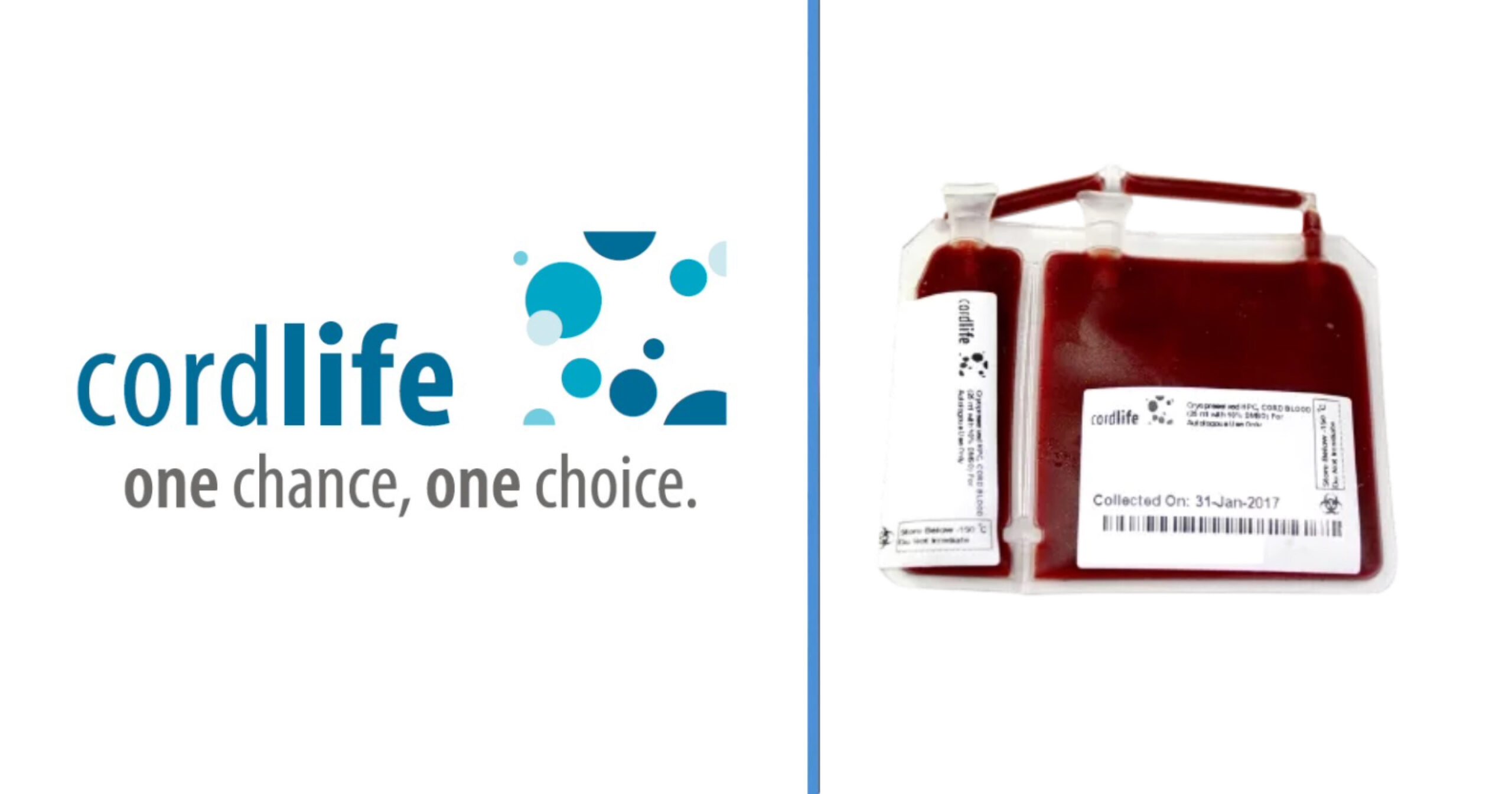Imagine paying thousands of dollars for a service only to find out the company was not doing the service properly.
Don’t need to imagine this; it has already happened.
And, you’ve probably already read quite a few articles on the Cordlife saga.
The latest update on the saga has just been released, so read on to find out more about the Ministry of Health’s (MOH’s) latest findings and the next steps.
What Are Stem Cells and Cord Blood?
Stem Cells
Before I get into the details, let’s talk about the technical things first.
For those of you who didn’t pay attention in Biology, stem cells are special cells that are able to differentiate into multiple cell types.
Let me use an analogy to help you understand.
All pastas start out as dough.
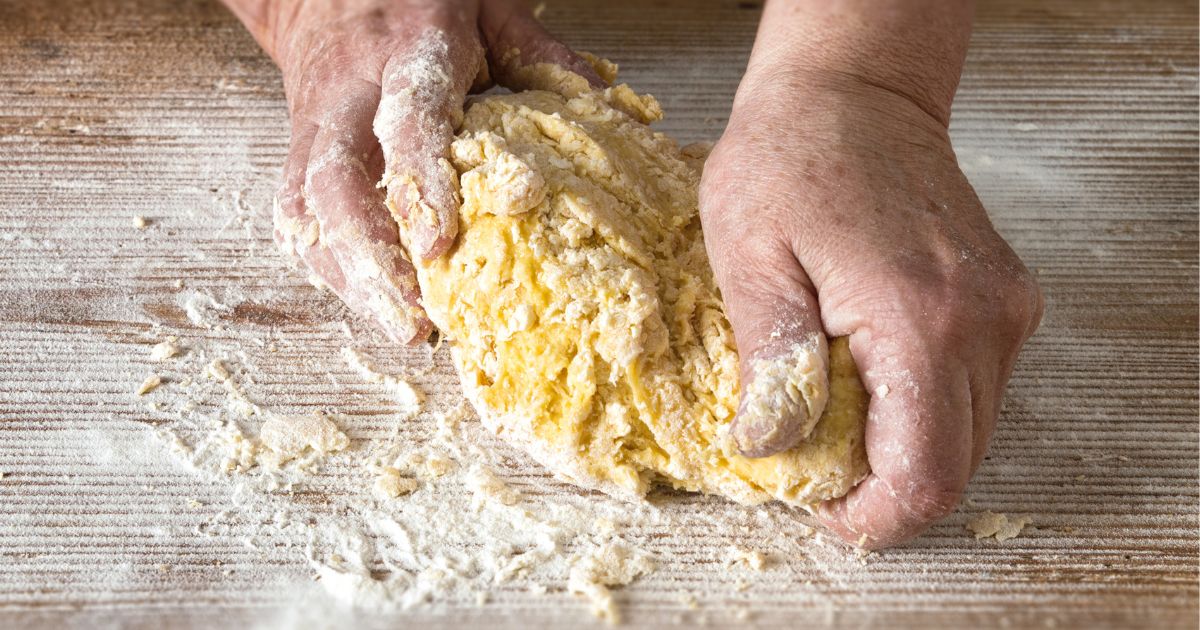
Although it’s a plain and simple dough, it’s able to be transformed into all sorts of pasta shapes. There’s spaghetti, macaroni, penne , fettucine, and more, but they all originate from the same dough.

And that’s exactly how stem cells work.
Now, imagine a ball of cells.
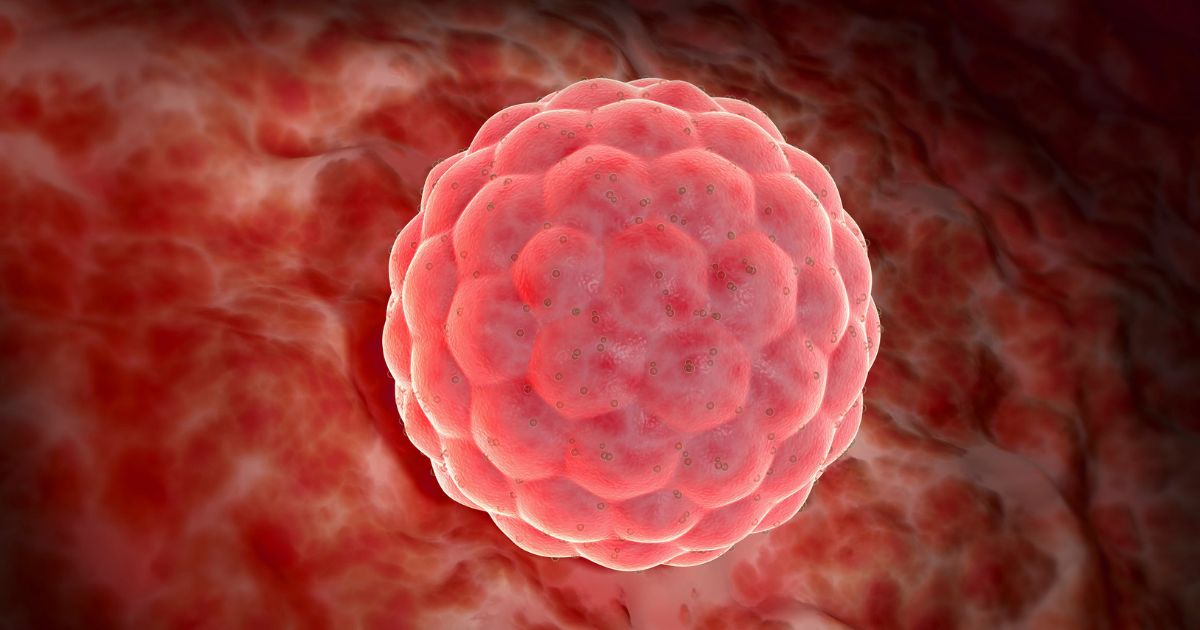
That’s exactly what you were when you were first formed.
In order to get organs like your stomach, eyes, and skin, your cells had to differentiate.
Think of pasta dough “differentiating” into its different shapes and forms.
Imagine if all cells in your body were the same – would our skin be the same texture as our eyes? Would we be all hair?
Never mind, don’t imagine. I don’t want to imagine any more.
Anyway, cell differentiation is the reason we can have muscle cells, skin cells, hair cells, and more, so we don’t look like one big gloop.
Stem cells are the only cells that can undergo differentiation, making them really important.
As you age, the number of stem cells in your body drastically decreases.
Some people want to keep their stem cells so that later on, if they have diseases, they can use their frozen stem cells to generate new differentiated cells to replace the ones damaged or killed by their disease.
Reader: Why must they freeze them? Can’t they just take the stem cells from their body when they get the disease?
Adult bodies simply don’t have enough stem cells, so if they are diseased and need stem cells but don’t have any available, it’s basically GG.
Reader: Then if other people don’t use their frozen stem cells, can I use them instead?
Most likely not.
You know how you can only get blood transfusions from a compatible blood type? It’s kind of similar for stem cells, just a lot stricter.
Stem cells you freeze are most likely only able to be used for you or your direct family due to similarity in your genes. If your stem cells are used in a person who is not compatible, their body may reject the stem cells, thinking they’re foreign objects, resulting in an adverse reaction.
Which you probably don’t want… especially when you’re already diseased.
Cord Blood
Cord blood is blood taken from the umbilical cord.
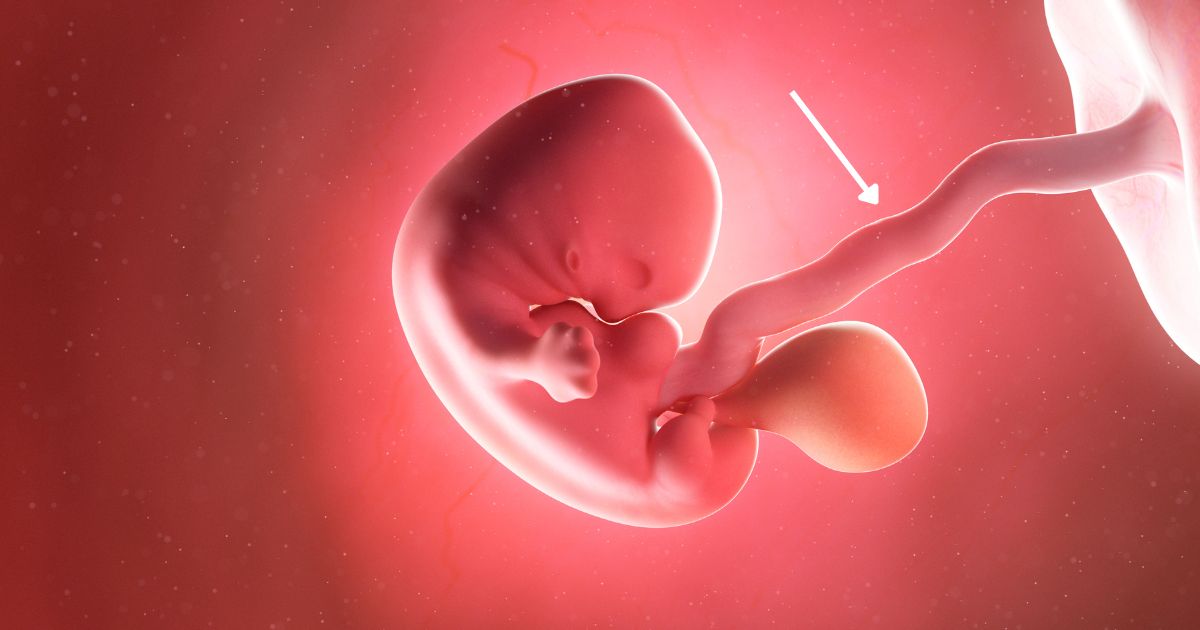
When you’re in your mother’s womb, you can’t eat food because… well… you’re in your mother’s womb lah, if you open your mouth all you’ll get is amniotic fluid (and your pee).
Reader: My pee?
Yeah, you’re basically swimming and floating in your pee. You’re drinking it too.
Because you can’t eat on your own, you get all your nutrients from the food your mother eats.
A foetus is connected to its mother via an umbilical cord, through which blood flows. The blood carries nutrients from the mother to the foetus, and waste from the foetus to the mother.
It also carries the star of the show here – stem cells.
Because a foetus is still developing, it has tons of stem cells, which will be found in blood in the umbilical cord.
When the baby is born, the umbilical cord will still have cord blood in it. From there, many stem cells can be obtained.
Cordlife
Cordlife is a cord blood bank in Singapore.
They basically store cord blood for you so you can use it for any treatments you may need in the future.
The thing about cord blood is that it needs to be stored at a certain temperature, just like how you need to store your meat in the freezer to prevent it from spoiling.
Cordlife stores cord blood in tanks which need to be kept at a certain temperature to keep the cord blood fresh.
On 30 November 2023, it was revealed that cryopreserved cord blood units (CBUs) in seven of Cordlife’s 22 storage tanks were exposed to suboptimal storage temperatures.
The unannounced audit launched by MOH due to a complaint by a member of the public found that the tanks had been exposed to suboptimal storage temperatures since 2020.
Over three years ago!
You can watch a Blue Cat talk about how all this came to light here:
Obviously, the people who stored their cord blood with Cordlife have the intention of possibly using it in the future to help them in treatments right, but how can they use blood that has already been exposed to suboptimal storage temperatures?
Last November, it was announced that about 2,200 CBUs in one of the affected tanks (Tank A) were damaged and rendered unsuitable for stem cell transplants.
On 8 April 2024, MOH announced that an estimated additional 5,300 CBUs from a tank (Tank B) and a dry shipper at Cordlife are unlikely to be suitable for stem cell transplant purposes and have been deemed non-viable.
MOH added that more tests need to be done on CBUs in five other tanks (Tanks C to G) to achieve more statistically significant results. The tests for the five tanks are expected to take a year to complete due to their complexity.
The ministry said the definitive way to conclude the viability of the CBUs is to individually test all the CBUs in these affected tanks. However, this is not practical as it would take many years, even decades, to complete all the tests.
Instead, Cordlife conducted sample testing through a third-party laboratory, providing a preliminary, but meaningful, indication if the warming events had impacted the CBUs stored in the tanks.
The details of the tests are as follows: Six donated CBUs were selected from each tank for testing to ensure adequate coverage of temperature variations from across the tank. If more than one CBU failed the first round of testing, another six donated samples were selected from the same tank for additional testing.
MOH announced that the study results and root cause analysis show that the CBUs stored in Tank B and the dry shipper were at high risk of being adversely affected.
Cordlife called Tank B and the dry shipper “high-risk tanks”.
Eight out of 12 samples (67%) from Tank B and five out of 12 samples (42%) from the dry shipper had failed the tests.
Tank B and the dry shipper recorded the highest temperature excursions (deviation from labelled storage condition) of -11.6°C and -132.6°C respectively.
Since -150°C is the temperature at which CBUs start to thaw, you can imagine how bad the temperature excursions were.
Tank B deviated by more than 100°C.
The root cause analysis indicated there was insufficient liquid nitrogen maintained in Tank B, which had not been rectified due to failure of Cordlife’s staff to act on and escalate the anomalies.
The dry shipper had also not been adequately monitored, causing the CBUs to be deemed unsuitable for stem cell transplants.
The remaining five tanks (Tanks C to G), which store roughly 14,000 CBUs, have been assessed through investigations as low risk of being adversely affected by the temperature warming events.
All 30 samples from across these tanks (six samples per tank) passed viability and potency tests conducted by an independent third-party laboratory.
So, it’s just really suey if your cord blood happened to be in a high-risk tank instead of these five low-risk tanks.
The root cause analysis indicated that the temperature warming events in four (Tanks D to G) out of the five tanks were likely due to misplaced temperature probes during scheduled maintenance, or incorrect mapping of the temperature probe to the tank.
For the fifth tank (Tank C), the duration of exposure to the highest temperature of -144.7°C might not have caused damage to the CBUs.
Cordlife said Tank C went above the -150°C threshold for five hours, and a detailed analysis showed that this was caused by a delay in replenishing liquid nitrogen.
MOH’s experts have recommended that Cordlife test a larger number of CBUs in Tanks C to G to achieve more statistically significant results (at the 99% confidence level).
Cordlife has since agreed to test more than 200 additional samples across the five tanks and will review the outcome of the test results in consultation with MOH’s experts.
Cordlife said that during the testing over the next year or so, it will pause any applicable billings for the five tanks (Tanks C to G) until the results of the additional testing are released, with each tank being assessed individually.
Cordlife has also said that it is concurrently looking for other testing laboratories, both overseas and in Singapore, to help with the testing to speed up the process.
MOH has instructed Cordlife to contact its affected clients if their CBUs fall under the impacted tank (Tank B) and dry shipper, or the other five tanks (Tanks C to G) that have a low risk of being affected but are awaiting further tests.
MOH advises Cordlife’s clients to be patient and await these results before making any decisions, such as transferring the CBUs to another cord blood bank, as there are significant risks involved in the transfer of CBUs.
Other cord blood banks in Singapore include Cryoviva, Singapore Cord Blood Bank, and Stemcord.
MOH will continue to closely monitor Cordlife’s rectification of the weaknesses identified in their governance structure, processes, systems, and documentation.
Cordlife said it will be offering a refund of annual fees received since the start of the temperature excursion and will waive subsequent fees for all active clients whose CBUs are stored in the high-risk tanks.
Cordlife will also continue to store CBUs for these clients until the maturity of their service agreements (when their child turns 21).
The refund and waiver of annual fees for all affected active clients is estimated to lead to a fall in revenue and profit (before tax) of about $9.2 million.
Now, when you visit Cordlife’s website, you’re immediately greeted with this notice:
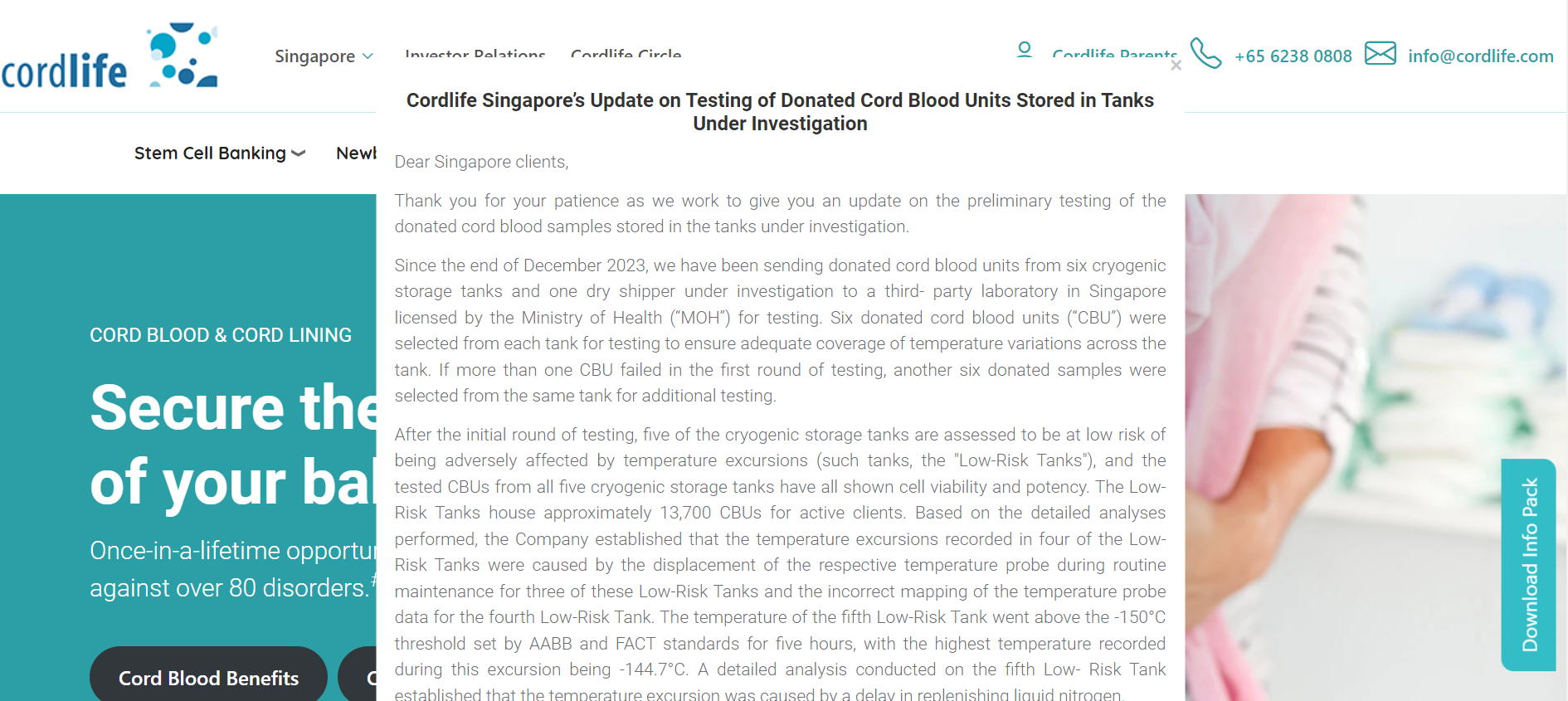
In the notice, Cordlife says it will be contacting all clients whose CBUs are stored in these low-risk and high-risk tanks to inform them of the results and the follow-up plans.
Cordlife also apologises to all of their clients for the distress caused by this situation and says they are working to resolve it as quickly as possible.
Since the whole Cordlife saga has gone down, you’ve probably read a ton of articles about the temperature warming in their tanks or how their directors got arrested.
Since tests are still being conducted on the remaining five tanks, we can expect to continually hear periodic updates on this matter over the next year or so.
